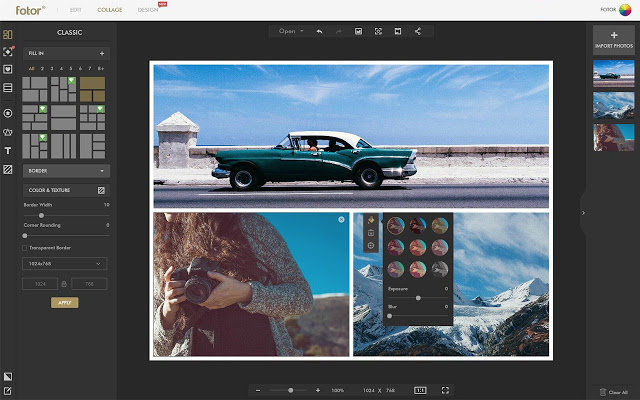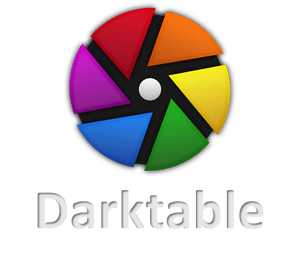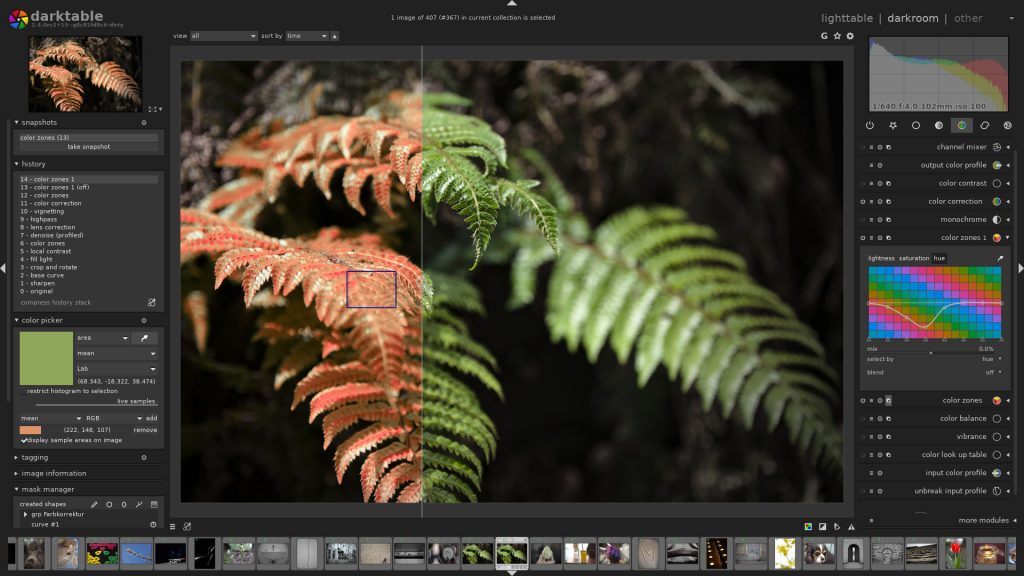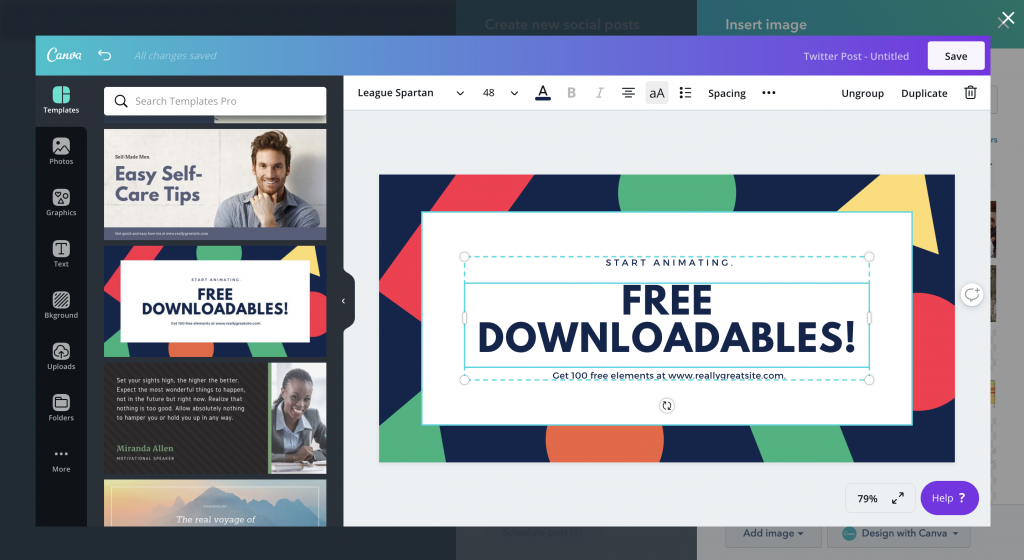Believe it or not, a lot of great photo editors are completely free. The top pick on this list is the best free photo editing software you can get your hands on. We’ll be focusing on Softwares that are friendly towards beginners as well, so if you’re new, you can forget the worry of paying for a hefty premium for a professional-grade software We’ll also try to include one that can allow you to edit raw images for free if you’re a professional. If you’re wondering, all of these photo editors are compatible with Macs as well. Let’s begin. GIMP is the ever-popular free editing software that covers multiple bases. It’s baffling just how similar it is to Adobe Photoshop. GIMP calls itself an “image manipulation tool”. With image-enhancing tools that allow you to retouch or even restore images, and even create something entirely new, I think I’ll have to agree with their bold claim. GIMP has a lot of tools that it lets you have at your disposal. It’s a very powerful program used by many professional editors and beginners alike. You can create completely original pieces of art by using its powerful painting tools as well. Apart from that, it’s also a graphic designing tool. You can make mockups, icons, graphical elements, and even artistic user interface elements. You can also perform scripted image manipulation via the scripting framework. It has support for multiple languages such as Python, C, C++, Scheme, and more. The best part about GIMP is that it is completely open-source. Just like any other popular open-source piece of software, it has a large and dedicated community that is always striving to make the program much better than it already is. This means you can add tonnes of licensed plugins that work flawlessly with this program. Though you can’t edit raw images in its base form, you can add a plugin to make it work. However, that method is a bit technical and aimed at more professional folk. All in all, this is hands down the best free photo editing software. I contemplated a considerable amount on deciding where to put Fotor on this list. While GIMP is a much more powerful tool and can be used by a lot of professionals, Fotor is more aimed at beginners. So you could also say this is the best free photo editor for beginners. Fotor is an application that has been gaining a lot of popularity in recent times. Well, it’s more of a web-app as some would say, as it opens up in your browser. This makes it incredibly easy to use, and you don’t have to sign up if you don’t want to use it for a long term period. Still, I’d recommend doing so as then you can save all your edits. Importing photos into Fotor is incredibly easy and simple. Just select the files from your designated folder, and drag and drop them into Fotor. Once imported, you’ll access a variety of tools. There are a lot of professional-grade filters here, and they’re not the type you see on Instagram. They are finely tuned and well balanced. Apart from that, there are sliders for exposure, brightness, contrast, saturation, tint, vignette and a lot of other options you can pick from. It also has a one-click enhancement feature, which works well unless you have a specific aesthetic in mind. The exports support high resolutions so you can stop worrying about visual fidelity. When I was starting out myself in learning how to edit photos, I decided to give Lightroom a shot. A lot of people agree with me that Photoshop can be a bit daunting for first-time users. Lightroom is a great alternative that has all the essential tools but makes the process more streamlined and quicker. It’s more of a jack of all trade master of none, but it’s much faster when you’re trying to edit a lot of photos at once. Darktable is basically the best free alternative to Lightroom. It’s actually a bit mind-boggling just how similar it is to lightroom. It’s actually quite more powerful than you’d expect a free photo editor to be. When I say free, I mean completely ad-free as well. It has a lot of the same features as Lightroom. It has the same style of cataloging, nondestructive editing, and a lot of the same tools. It even supports Raw photos, which makes this the best raw photo editor out there. It also offers lens and perspective corrections. Apart from that, you can tune the contrast, brightness, saturation, white balance, exposure, shadows, highlights, and much more. There are a lot of modules here with which you can change a lot of elements in your pictures. Sure, Darktable is mostly based on changing the lighting, hue and other related aspects to the picture, but a lot of that is what makes a good picture great. While it’s not as slick as Lightroom, it’s the best free alternative out there. Canva is perhaps the easiest to use photo editor on this list. It’s quite basic and really simple for anyone to get the hang of it. However, by basic I mean there are no manual fine-tuning controls. Canva isn’t your typical photo editor, it’s more of a collection of professional-grade templates in your browser. You can upload right from the browser and play around with filters and such.
Canva has tonnes of templates to create different types of items. These include postcards, posters, invitation letters, or even a fancy Instagram post. It’s a powerful tool that will help you build your own sense of style. We all know how important that is when it comes to making your own portfolio. It even has a mobile app that supports both iOS and Android. The free tier includes 1GB of free cloud storage and over 8000 different templates to pick from. Sure it’s not the most advance toolkit, and it’s not supposed to be. However, it still has a lot of sliders for exposure, brightness, contrast, and vignette effects. You can also pick from a dozen different stylized backgrounds. Canva might not be the most powerful, but for those who are looking to make specific stylized graphics like logos and such, it’s a great free tool. Pixlr is a free photo editing program that is available in two flavors: Pixlr X, which is short for Pixlr Express, or Pixlr E, which is short for Pixlr Editor. Since we’re talking about the free version, Pixlr X is our main concern. It’s really easy to use, and you don’t even have to create an account. It’s another photo editor that works directly in your web browser. You can make quick and easy adjustments to a lot of photos. The design here is excellent and looks very minimalistic. Pixlr X has been updated to work on HTML5 rather than Flash, which makes it more secure and easier to access on different machines. You can make changes to the usual aspects of a photograph. Things like the brightness, contrast, exposure, vignette, sharpening, lens flare, and depth of field can all be tweaked easily. However, besides looking very slick and having the layer tool, it doesn’t do a specific thing much better than GIMP, Darktable, or even Fotor for that matter. That is why it is ranked a bit lower on the list. Also keep in mind it will downsize photos higher than 4K.
The 5 Best Free XML EditorsThe 5 Best Free MP4 EditorsEasy to use HEX Editors for Windows 10The 5 Best Photo Organizing Software for Windows 10









